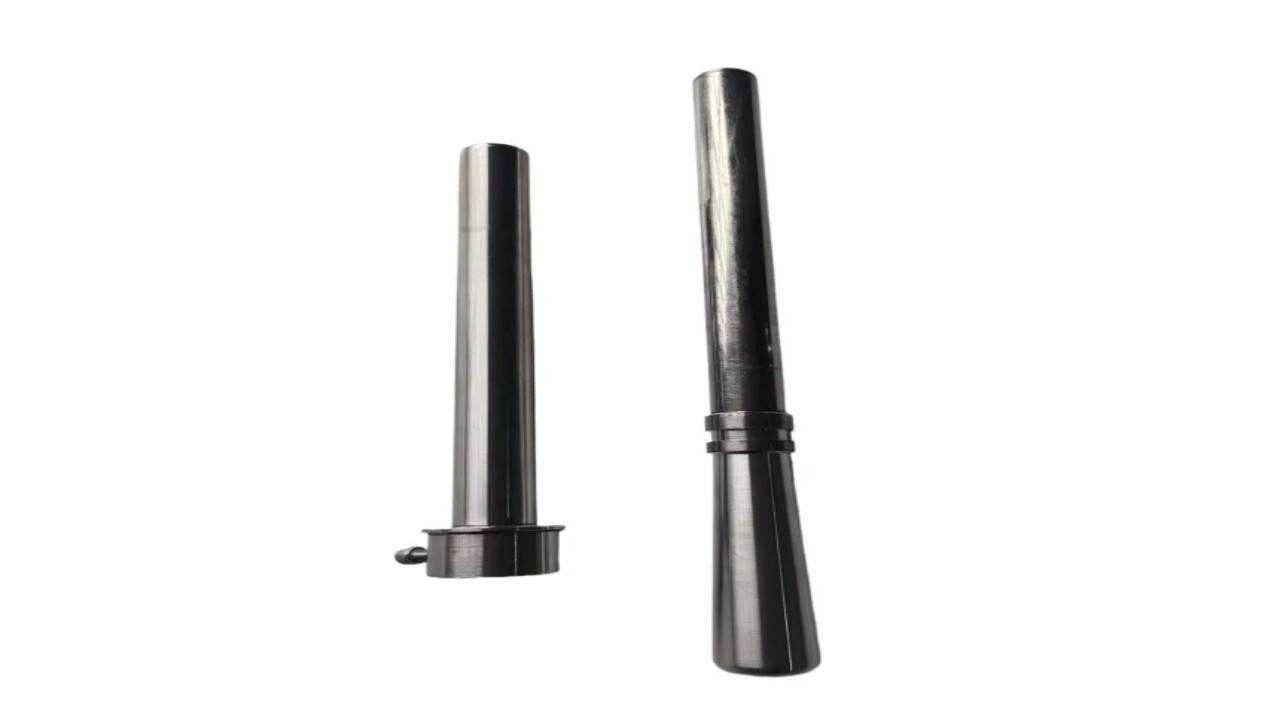Magnets are used in various industrial applications, with each type offering specific properties suited to different needs. The four main types of magnets—permanent magnets, temporary magnets, electromagnets, and soft magnets—are widely used across industries such as manufacturing, energy production, and material handling. Understanding the unique characteristics and applications of each type helps businesses choose the most effective magnet for their processes. In this article, we will explore these four types of magnets and their applications to provide insight into how they contribute to various industrial operations.
Four Main Types of Magnets in Manufacturing and Processing
Magnets are key to various industrial applications, with each type—permanent, temporary, electromagnets, and soft magnets—serving unique functions. Below is a breakdown of each type of magnet and its primary uses in industry.
1. Permanent Magnets
Permanent magnets are naturally magnetized and maintain their magnetic properties over time without the need for an external power source. They are made from materials like neodymium, samarium-cobalt, and ceramic (ferrite), and are commonly used in applications where a constant magnetic field is required.
Industrial Applications:
- Motors and Generators: Permanent magnets are used in small motors, such as in electric vehicles, power tools, and hard drives.
- Magnetic Separators: In industries like mining and recycling, permanent magnets are used to remove ferrous contaminants from materials.
- Magnetic Lifting Devices: These magnets are used in material handling and lifting equipment to move heavy metal objects like steel beams and scrap metal.
- Magnetic Tubes: Permanent magnetic tubes are used in material handling and processing systems to filter out metal contaminants from liquids, powders, and bulk materials.
2. Temporary Magnets
Temporary magnets become magnetized when exposed to a magnetic field but lose their magnetism once the external field is removed. They are often made of soft iron and are useful for short-term applications.
Industrial Applications:
- Jigs and Fixtures: Temporary magnets are used in manufacturing to hold workpieces in place during machining or assembly.
- Magnetic Holding Systems: These magnets can be used in automated systems that require short-term magnetic attraction to secure objects temporarily.
- Induction Heating: In processes like hardening or forging, temporary magnets can be used for short-term magnetic attraction.
3. Electromagnets
Electromagnets are created by passing an electric current through a coil of wire wrapped around a ferromagnetic core. The magnetic field is adjustable by changing the current, making these magnets suitable for applications requiring a controllable magnetic field.
Industrial Applications:
- Crane Lifting Systems: Electromagnets are used in scrap metal yards to lift heavy metal objects. The magnetic field can be turned on and off to pick up and release metal objects.
- Magnetic Relay Systems: Electromagnets are used in control systems and electrical circuits to operate switches and relays.
- Magnetic Particle Inspection: In the testing of metal parts for defects, electromagnets help create the magnetic fields needed to reveal imperfections.
4. Soft Magnets
Soft magnets are easily magnetized and demagnetized, with high magnetic permeability that allows them to gain and lose magnetism quickly. These magnets are often made from soft iron or silicon steel.
Industrial Applications:
- Transformers: Soft magnets are used in electrical transformers, where they help convert electrical energy from one voltage to another.
- Magnetic Cores in Motors: Soft magnets are used in the cores of electric motors to guide magnetic fields efficiently.
- Magnetic Shields: In industries where electromagnetic interference must be minimized, soft magnets are used in shielding to protect sensitive equipment.

